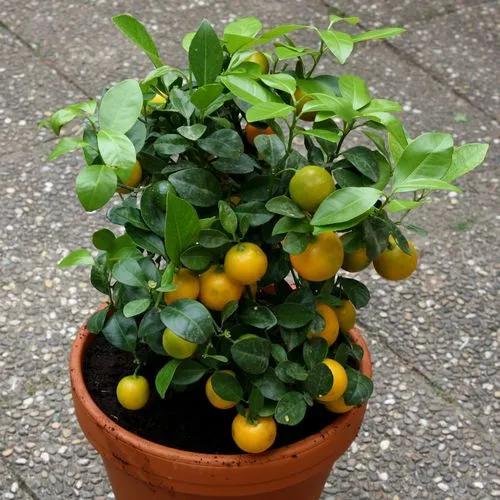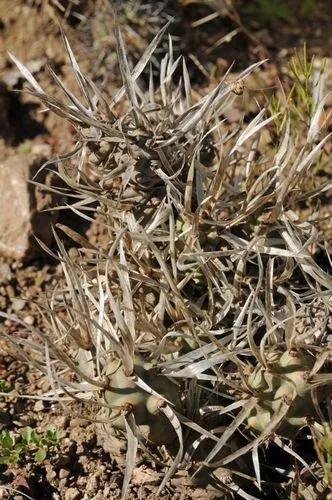Easily grown in average, medium, well-drained soil in full sun to part shade. Tolerant of a somewhat wide range of soils, but prefers moist, well-drained loams.No serious insect or disease problems. Rust, leaf spot, fire blight, powdery mildew and canker are occasional disease problems.Attractive understory tree for lawns, shrub borders, woodland margins or native plant areas. Shrub forms can be grown as tall informal hedges or screens. Good plant for bird gardens (birds love the berries
Allegheny Serviceberry Care
Amelanchier Laevis



Amelanchier laevis, commomly called Allegheny serviceberry, is a small, deciduous, usually multi-trunked understory tree or tall shrub which is native to thickets, open woods, sheltered slopes and wood margins in Eastern North America where it typically grows 15-25' (less frequently to 40') tall. Features showy, 5-petaled, slightly fragrant, white flowers in drooping clusters which appear in early spring (April) before the leaves. Flowers give way to small, round, edible berries which ripen to dark purplish-black in June (hence the sometimes common name of Juneberry) and resemble blueberries in size, color and taste. Berries are often used in jams, jellies and pies. Finely-toothed, obovate leaves emerge with a bronzish-purple tinge in spring, mature to lustrous dark green in summer and turn red-orange in fall. This tree is primarily distinguished from the very similar Missouri native downy serviceberry (A. arborea) by its hairless foliage, purplish-tinged new growth and tastier (sweeter and juicier) berries. Genus name comes from a French provincial name for Amelanchier ovalis a European plant in this genus. Specific epithet means hairless or smooth for the foliage.
How to Care for the Plant

Popularity

41 people already have this plant 6 people have added this plant to their wishlists
Discover more plants with the list below
Popular articles






